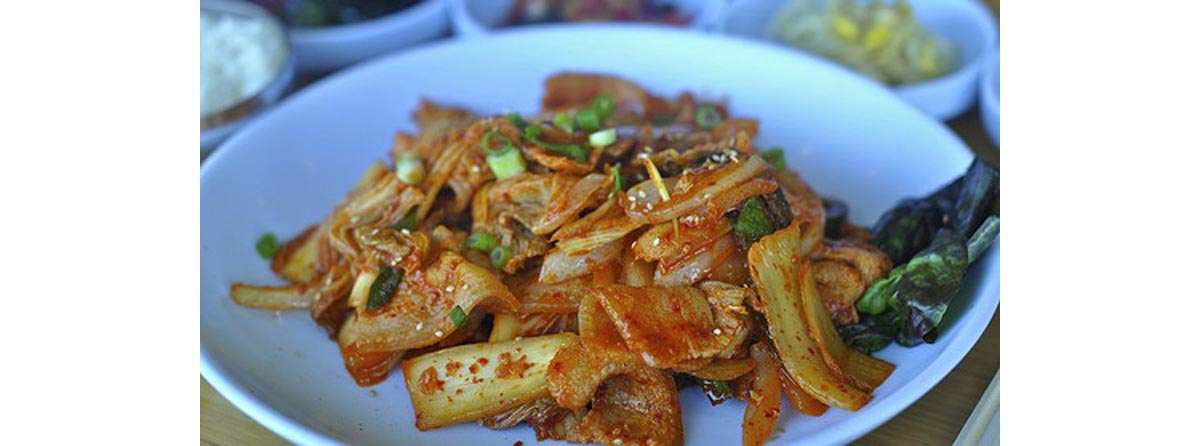Table of Contents
Korean food is, without a doubt, very much an acquired taste. The hardest Korean dish to tackle, and actually start enjoying, is definitely kimchi. This national dish popular across the nation — North and South — comes in several different versions including radish kimchi and cucumber kimchi, but kimchi made with fermented Napa cabbage is most famous and usually what people refer to when they say only “kimchi”.

Kimchi: What's In There, And How To Get It
Kimchi's nutrients can help you lose weight, give you young-looking skin and even help prevent cancer. But those folks who have never tried kimchi and may never even have heard of this famous Korean dish will want to know about the basics before they think about buying or making this fermented cabbage treat.
Traditional Korean meals will always include some type of kimchi, either as a side dish (“banchan”) or served as part of a meal, like soup, pancakes, or rice cakes. For Koreans, traditional meals simply aren't complete without these kimchi dishes. Kimchi tends to be amazingly spicy.
The first time I tried the dish, my mouth just about burned and my eyes were teary. I was grateful there were other side dishes like plain rice and spinach with sesame seeds to extinguish the fire. I love kimchi now, and frequently make it myself, but there's no denying that it was not love at first sight!
You can get kimchi at any Korean restaurant or supermarket, and sometimes at Chinese markets too. Though tinned kimchi can be tasty, there is nothing quite as nice as home-made kimchi. Vegetarians, beware: commercially made kimchi almost always includes anchovies. The same holds true for most other Korean foods. You can't taste them, but they're there. That is why I make my own.
My vegetarian kimchi recipe contains the following essential ingredients
- Napa cabbage
- Scallions
- Garlic
- Ginger
- Salt
- Hot red pepper flakes
- Rice flower
Those adventurous cooks who want to make their own kimchi with anchovies will simply include them, and I have linked to a great recipe site that gives you video instructions in the links box at the end of the article.
The basics of how kimchi is made are still interesting to folks who plan to enjoy commercially-made kimchi. First, the Napa cabbage is washed and covered in salt. After a few hours, it will greatly reduce in size as the fluids are removed from the cabbage. Next, a paste of rice flower with all the other ingredients is added, and the dish is left to ferment for a few days, giving kimchi its characteristic sour taste.
The result is a pure taste of Korea, and a bunch of nutritional goodness concentrated into a small dish. You can eat kimchi by itself, of course, but it definitely shines when you can add it to other dishes. Kimchi pancakes are my personal favorite, though this spicey fermented cabbage is wonderful in soup as well.
- Photo courtesy of James by Flickr : www.flickr.com/photos/40726522@N02/8929741934/
- Photo courtesy of moppet65535 by Flickr : www.flickr.com/photos/9880707@N02/5296111970/


Your thoughts on this